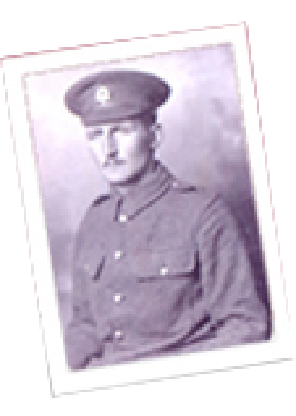- First Name(s):JamesConrad
- Surname:SMITH
- Service Number:5252168
- Rank:
Private
- Conflict:WW2
- Service:Army
- Army Sector:Infantry
- Regiment:Worcestershire Regiment
- Battalion:7th Battalion
- Former Units:None
- Date of Death:10th June 1940
- Age At Death:19
- Place of Death:Unknown
- Place of Burial:Commemorated on Dunkirk Memorial, France, Column 58.
- Place of Birth:Unknown
- Home Town:Unknown
- Casualty's Relatives:
Son of Eric and Winifred Smith, of Wollaston, Stourbridge, Worcestershire
SMITH James Conrad Is Named On These Memorials
Further Information About SMITH James Conrad
Appears on the Army casualties list for Worcestershire.
A letter from H.J. Winnington, Honorary Secretary of PCC, St James Church, Wollaston dated 17th December 1950 can be found within war records held at Worcestershire Archives requesting that James Smith be added to the county roll of honour.
James Smith was the son of Eric and Winifred Smith of Wollaston and he attended King Edward VI Grammar School from 1932 to 1937. He enlisted in the Worcester Territorials in 1938 and joined the 7th Battalion. They were sent overseas to join the British Expeditionary Force (BEF) in France and crossed the Channel in January 1940 in the 48th (Wessex) Division. Soon afterwards, however, they were transferred to the 2nd Division and posted to the ‘Gort Line’, the advanced position of the British Expeditionary Force. After two months of fitness training they were faced with the German invasion of France and Belgium which started on the 10th May. They advanced through Belgium and formed a defensive line on the River Dyle east of Brussels. From the 20th May they were under continuous pressure from the German forces and forced back forty miles to the improvised Escaut Line. At Guignies near Tournai they were caught by heavy shell fire and suffered serious casualties. They were then ordered south east to protect the flank of the BEF. On the 25th they reached Givenchy and the La Bassee Canal, where they were attacked by Rommel’s 7th Panzer Division. ‘A’ Company was overwhelmed and the other forward Company trapped. Then came the order to fall back on Dunkirk. Only about 400 men thoroughly exhausted men reached safety by the 30th May, just half of the complement of 800. Of the rest, 250 were killed or wounded and 150 made prisoner. Private James Smith was seriously wounded near Cambrai and taken prisoner. He died in German hands on the 10th June.
James Smith has no known grave, the photograph available shows his name on the Dunkirk Memorial.


